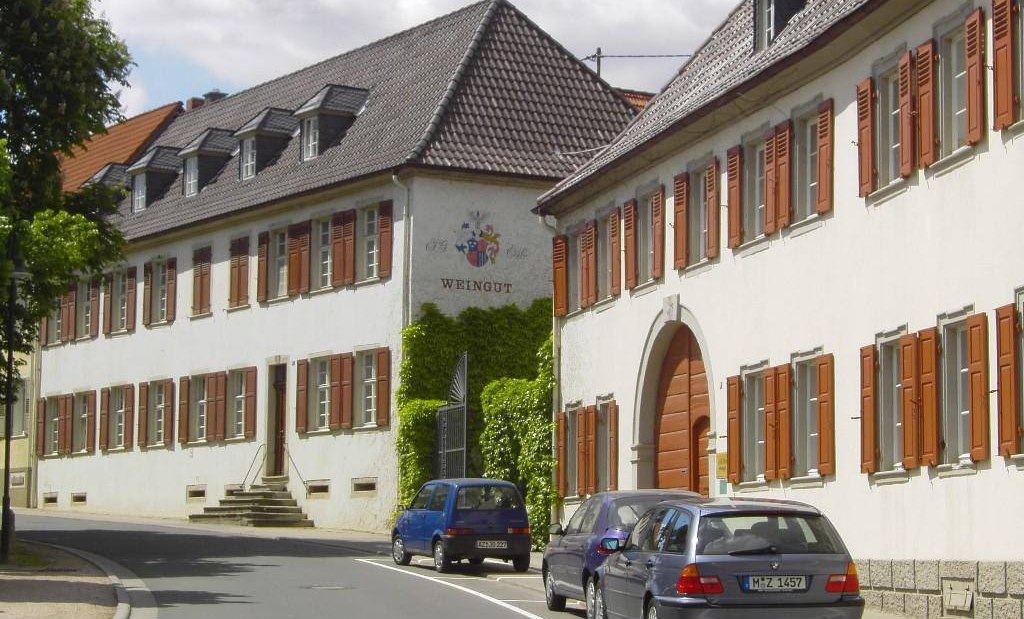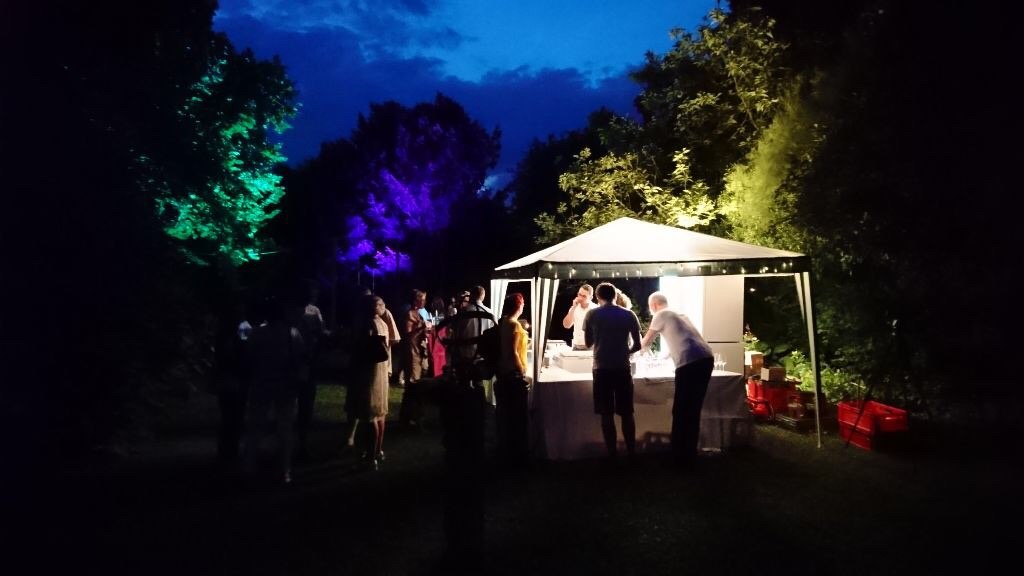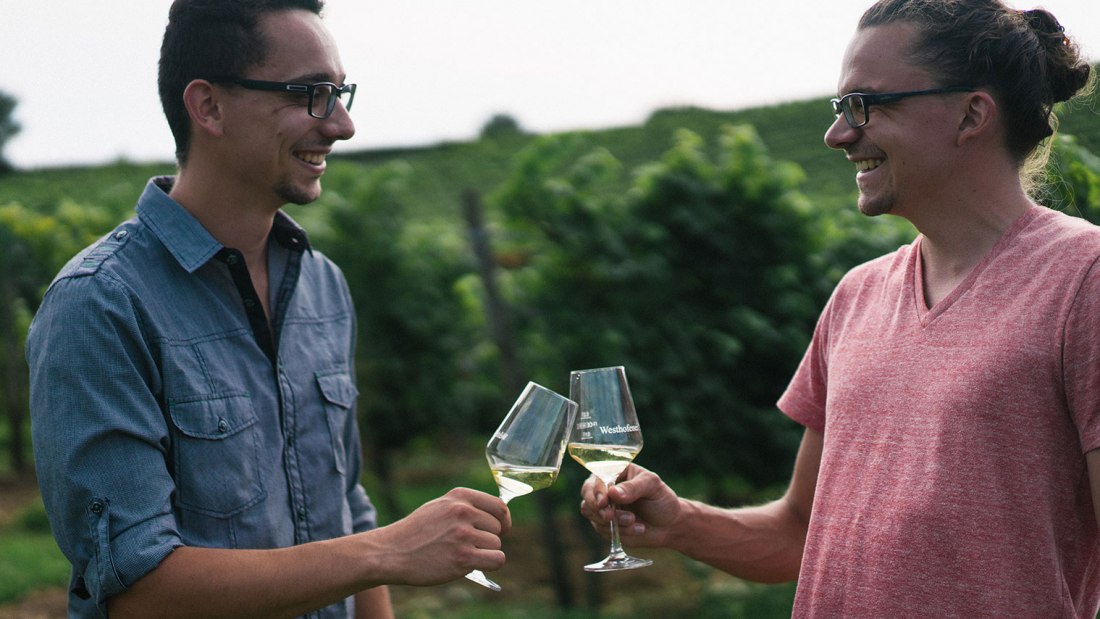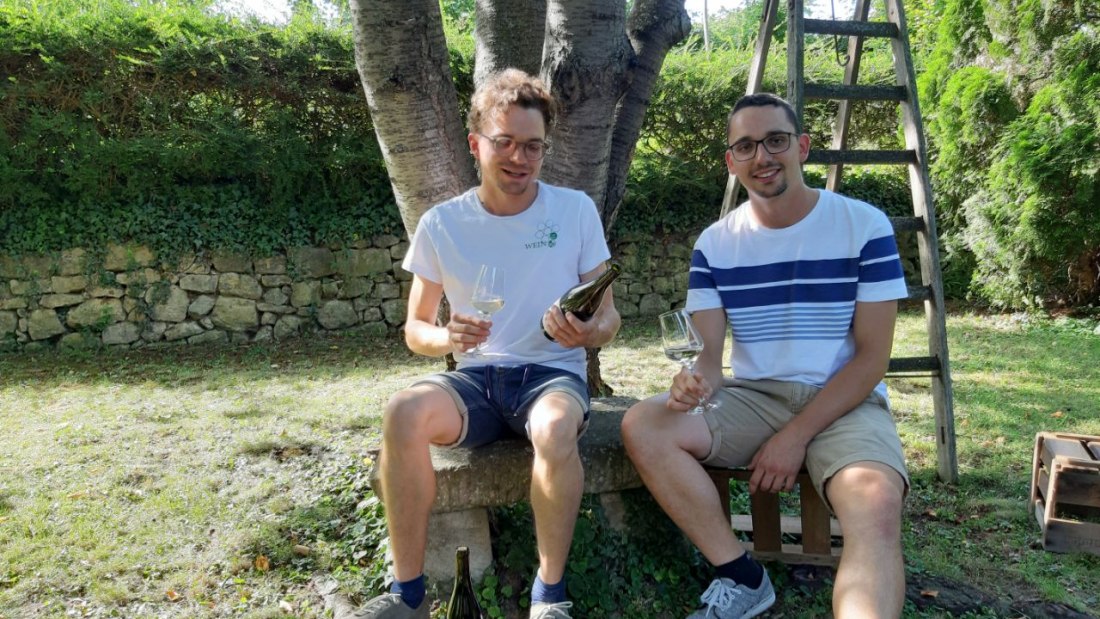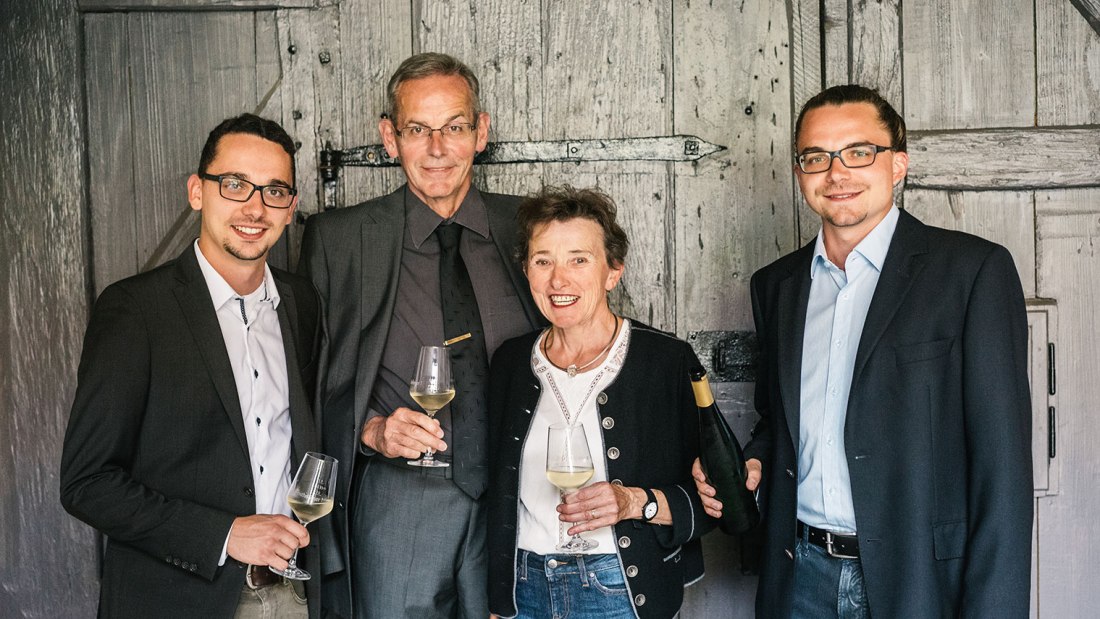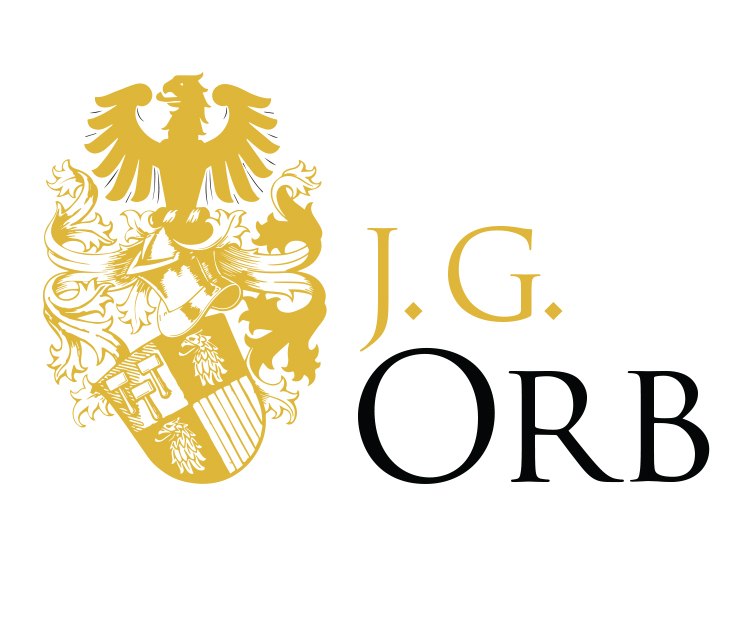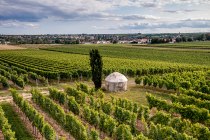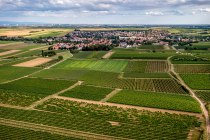Winery JG Orb
Location | Vines | Soil
The building "Kurpfälzisches Kelterhaus" and the associated cellars in Westhofen today house the J.G. Orb winery.
Since 2019 the brothers Jan G. and Jens G. have been responsible for the wine style. The assortment is divided according to the "Location | Vine | Soil" classification.
Quality is not a trend, but an instinct in dealing with the vines and nature. "Where we feel at home, our vines are at home".
A terraced landscape garden from 1813, one of the most beautiful in Germany, belongs to the winery. Numerous events related to nature and wine take place here.
English speaking visitors are welcome.


